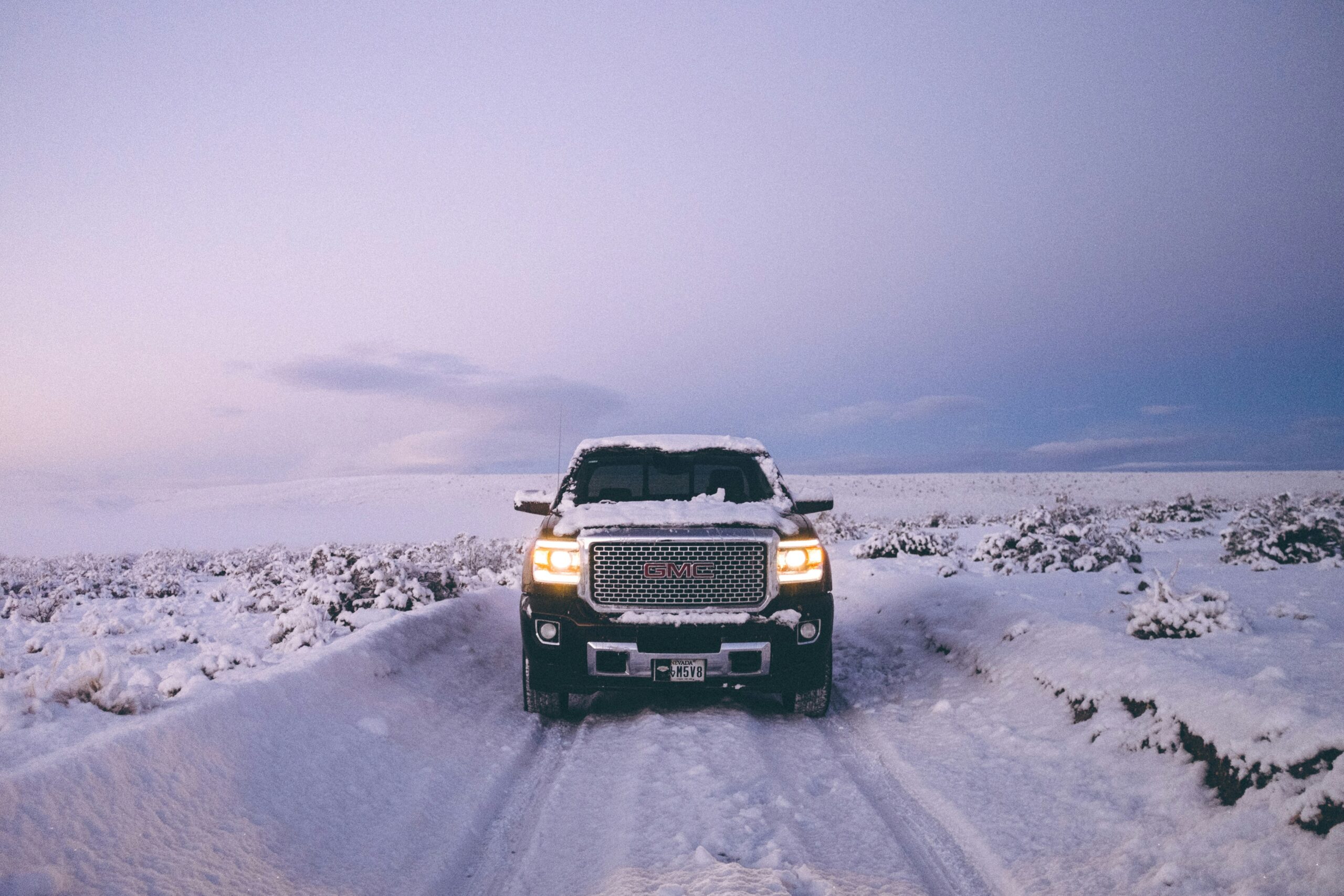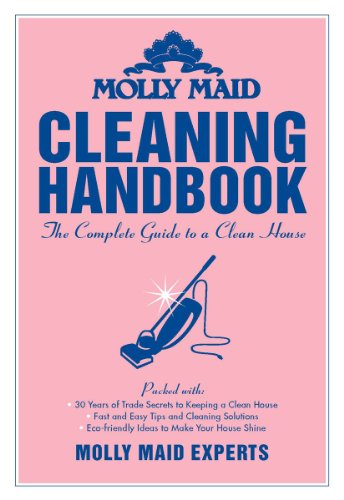
Last year, winter took a vacation, leaving many Canadians to wonder if it had forgotten its icy touch. But this year, it seems winter is ready to make up for lost time. As Chris Scott, The Weather Network’s chief meteorologist, warns, “Winter will at least attempt to salvage its reputation across Canada.” This season is expected to be colder and more impactful, especially in Western Canada, with near or above-normal snowfall. So, whether you’re a seasoned winter driver or a newbie, it’s time to dust off your winter driving skills and get ready for the road ahead.
Here’s your ultimate checklist, packed with expert tips from CAA, to ensure a smooth and safe journey:
Pre-Season Power Up
Just like prepping for a marathon, your car needs to be in tip-top shape for winter’s challenges. Schedule a seasonal service check with a trusted mechanic. Worn components like belts and hoses can become more brittle in freezing temperatures, potentially leading to breakdowns. Addressing them early on can save you a headache (and a tow truck!) down the road.
Battery Boost
Cold weather and car batteries aren’t exactly best friends. Before the temperatures plummet, get your battery tested by a professional. A healthy battery is crucial for starting your car, especially in icy conditions. If it’s nearing the end of its lifespan, consider a replacement to avoid a nasty surprise on a winter morning.
Pack for the Unexpected
Hope for the best, but prepare for the worst! Pack a winter essentials kit in your car. Think jumper cables to lend (or receive!) roadside assistance, a trusty shovel and ice scraper to clear the way, and a bag of sand or kitty litter – lifesavers for when your tires get stuck in a snowdrift.
Embrace the Grip of Winter Tires
Regular tires stiffen up when the mercury dips, compromising your traction and control on icy roads. Invest in a good set of winter tires for superior grip and handling. Remember, the rubber in winter tires is specially formulated to stay flexible in freezing temperatures, allowing you to navigate winter landscapes with confidence. Don’t forget to check your tire pressure regularly. As temperatures drop, tire pressure also decreases (about 1 psi for every 5°C drop).
Be Prepared for Emergencies
Even the most seasoned drivers can encounter unexpected situations. Pack a well-stocked emergency kit in your trunk. This should include warm blankets, candles, extra clothes for everyone in the car, cold-weather windshield washer fluid, and a jug of emergency engine antifreeze to keep your car running smoothly. Safety first. Include a first-aid kit, non-perishable snacks, and bottled water to ensure everyone is comfortable in case of a breakdown. CAA offers the “Safe to Go” emergency kit at their stores and online, featuring a flashlight, a blanket, jumper cables, hand warmers, and more – a complete winter warrior’s arsenal!

